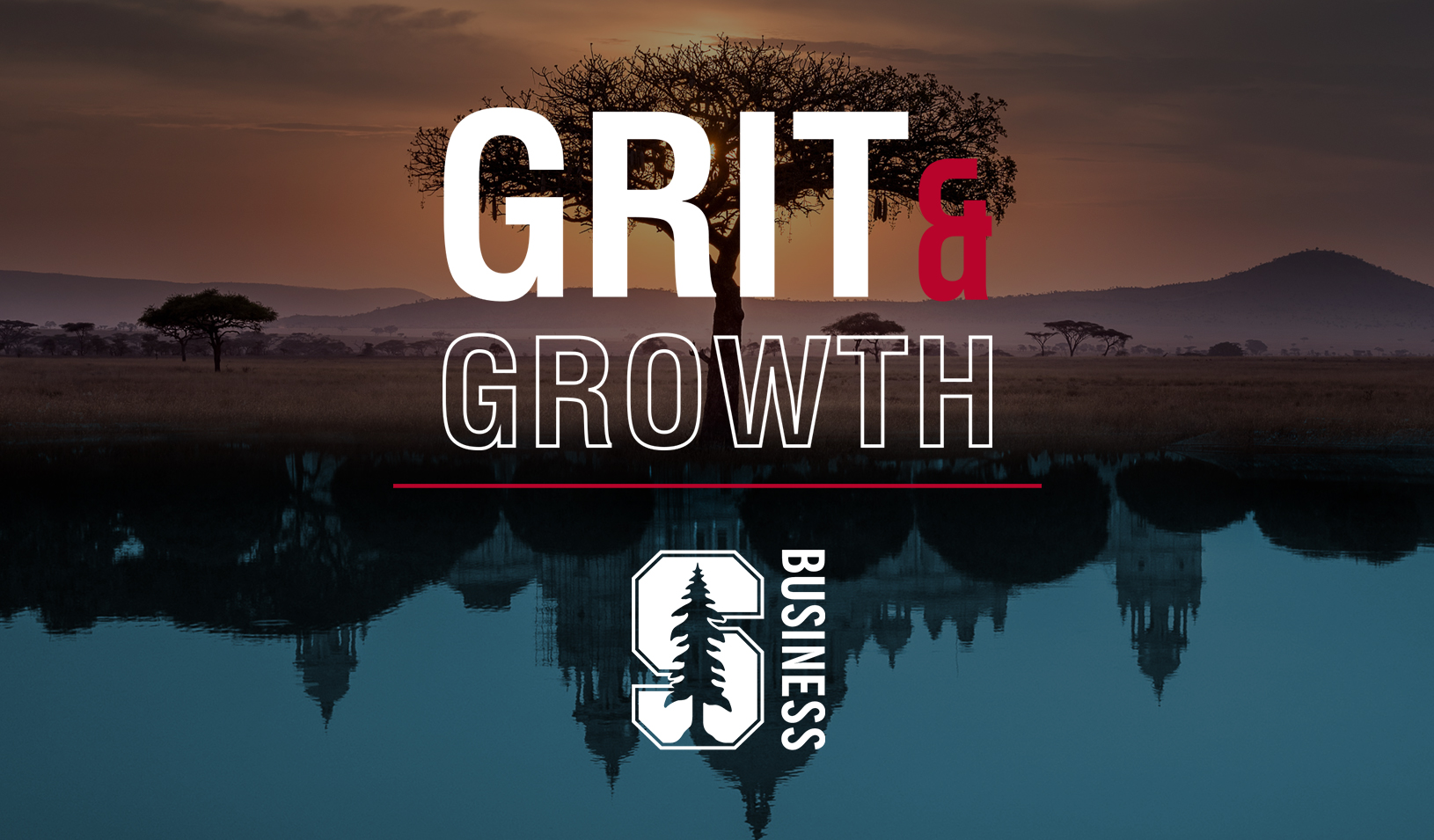Don Valentine, founder of Sequoia Capital, likes brevity — short presentations, short questions. But he’s long on results.
Since founding Sequoia in 1972, Valentine has financed many of the companies (Apple, Oracle, Electronic Arts, NVIDIA, Cisco, Google, and YouTube) that have been Silicon Valley’s biggest technology and business success stories.
The firm, Valentine said, is looking for the best and brightest who may not know about managing a company but who may know a crucial piece of information about a technology or an industry. “People who have a dream and a way to solve a problem — who are interested in solving technological problems and creating new products.”
Markets are Sequoia’s focus, he said: “The size of the market, the dynamics of the market, the nature of the competition. Our objective is always to build big companies — if you don’t attack a big market, you’re highly unlikely to build a big company.”
The firm doesn’t spend time or dollars developing markets, he said. Rather, it’s interested in what kinds of problems entrepreneurs are solving — and what they can contribute to a market Sequoia has chosen to invest in. “We are interested in exploiting markets early,” he said.
For example, he said Apple’s Steve Jobs was able to build a better music player than Sony’s Walkman and “knock off a huge market share held by Sony.” He added that tech companies in Silicon Valley “ate lavishly” from the technological picnic at Palo Alto’s Xerox PARC when Xerox abandoned some of its product lines. (Xerox still owns PARC and focuses on a number of different industries there.)
As an example of the people Sequoia hires, Valentine told the story of Alfred Lin, the chief operating officer and No. 2 employee at Sequoia-financed Zappos, who is leaving the company to join Sequoia.
Lin’s first company, LinkExchange, was acquired by Microsoft in 1996 and he cofounded a venture fund called Venture Frog, which invested in many successful companies such as Zappos, Ask Jeeves, TellMe, and OpenTable. Lin joined TellMe, which was acquired by Microsoft for $800 million. Then he joined Zappos, which Amazon acquired in July 2009 for close to $1 billion. Lin has said he explored joining Sequoia Capital previously.
“Alfred is one of those people who can work within Sequoia as well as start companies outside,” Valentine said. “He’s looking forward to what comes next.”
“Versatile, clever” people are what Sequoia looks for in entrepreneurs, especially those “who know what they don’t know.” If it agrees to fund a startup, Sequoia will try to make the job of starting a company as easy as possible. That includes outsourcing many functions — most of Sequoia-funded startups have about 10 employees.
If you’re a startup with an idea, Valentine said what he likes is brevity in presenting a business plan. He once made an entrepreneur put his entire business plan on the back of a calling card.
He also made clear he likes companies based near by. “I’m asked why we haven’t invested outside northern California, and the answer is if I’m flying east I’m leaving more opportunities in Mountain View than in any city in the east.” This is where venture capital works, he said, adding: “Once you go past Denver you go off the edge into technological oblivion.”
A man of many tales but with little time to waste, Valentine also made audience members ask their questions in less than 20 words. In response to one about what kind of investments he passed on, he indicated, “We were not thrilled about nano [technology]. We did pass — it may have been a mistake — but so far I don’t see many notches in anybody’s rifle as a result of success in nano.”
Valentine’s speech was part of the “View From The Top” series organized by business students.
For media inquiries, visit the Newsroom.





